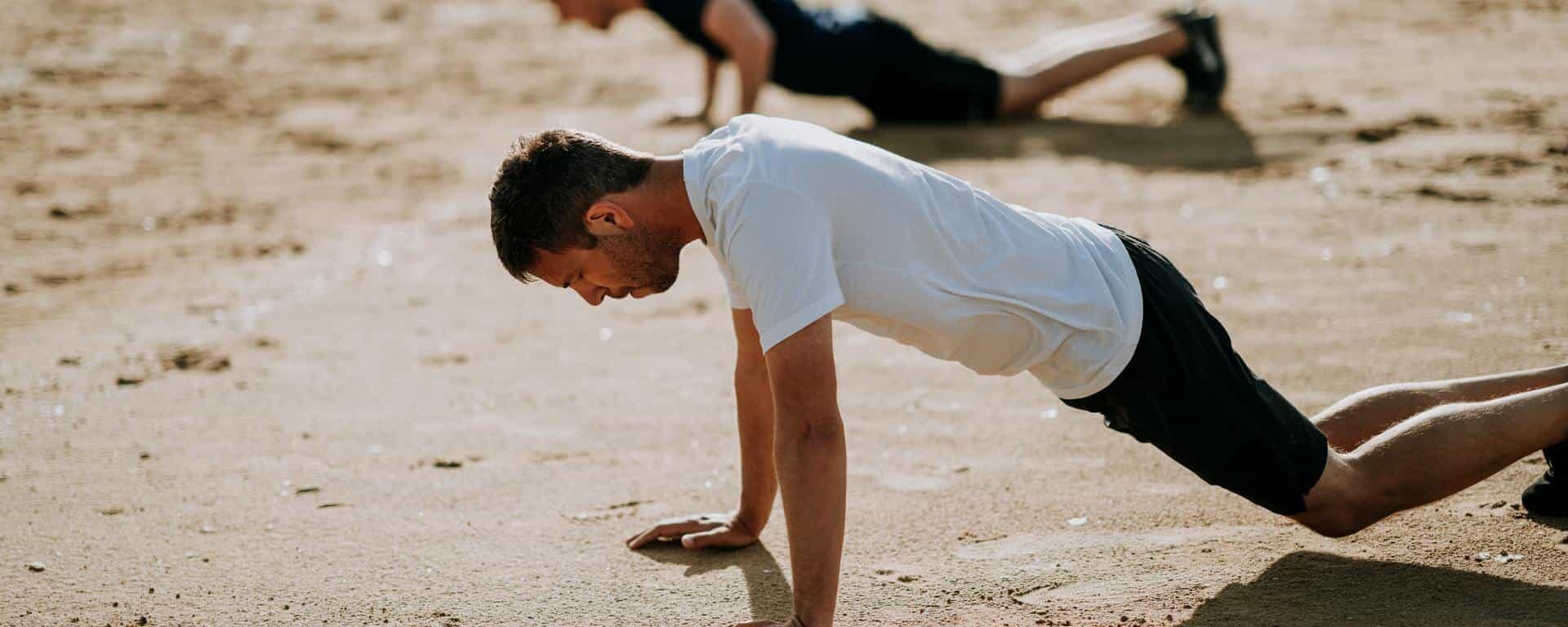
There are very few instances I can think of where breathing isn’t important (hope you get the sarcasm), and training is definitely not one of them.
Breath plays a larger role in training than you might expect – and not just endurance training. Controlling your inhales and exhales can either weaken or greatly improve your power output and gains for the long haul, since it’s as easy to fall into bad breathing patterns as it is good ones.
Here I’ll outline why breath is so important, and how to utilize those inhales and exhales for maximum benefits.
Correct Breathing: Why It’s Important
At first glance, it’s easy to say “a breath is a breath, no matter when you take it,” but trust me – when you start seriously working out, you’ll notice how breath can not only impact your oxygen levels (and therefore your stamina) but also your power output.
To begin, when you breathe correctly during all types of training, you are pulling in ideal levels of oxygen and pushing out the correct levels of carbon dioxide (CO2). If your breathing is short and quick, CO2 builds up in your system and increases your heart rate and lactic acid production, which in turn decrease your endurance and muscle stamina.
Breathing incorrectly can also limit your power output. Not only does excess lactic acid in your muscles cause them to fatigue faster, but holding your breath or not breathing with movements correctly can result in less ability to “push” weight. If you watch master athletes or veterans in the gym, you’ll notice they tend to exhale loudly when pushing weight – this is because it lends an explosiveness and power to the push.
How to Breathe Correctly
The gold standard for breathing during weight-bearing or bodyweight exercises is to focus on exhaling through the effort phase of a movement. A short way to remember this is “Exhale With Exertion.” Think of when you do a press: inhaling at the start, and exhaling as you press up.

This can also be applied to contraction and expansion, where you want to inhale on the expansion and exhale on the contraction. An example could be inhaling during the extension of a bicep curl, then exhaling as you curl up (contraction).
However, even with this being said, there are variations here that are not a one-size-fits-all.
For instance, during my training, I like to set up all of my movements with one big inhale that expands my trunk and abdomen. This sets up a “brace” for beginning the movement. From here, I breathe “underneath” that brace, mixing up my breathing patterns depending on the movements.
To illustrate: I inhale at the top position of a clean (the bell on the floor) and then exhale “in expansion” when I move the weight up into the rack position. From here, anyone can choose to either hold their breath at the top, then inhale as they go down (potentially helping keep a brace in place to protect your back) OR they can take another full breath at the top and exhale back down. As you can see, this is a sort of variation of “exhaling with exertion” that you can try.
Improve Your Breathing
Aside from focusing on your breath during training, you can also do certain breathing exercises that can help strengthen your diaphragm and expand your lungs.
One of these techniques is called Diaphragmatic Breathing, or Belly Breathing for short. In reality, this should be our natural way of breathing, however many of us tend to breathe shallowly due to stress and habit.
To practice belly breathing intentionally, sit or lay down in a comfortable position and rest your hand on your belly. Inhale deeply, focusing not on inhaling into your chest, but into your belly and the bottom of your lungs. Your belly should rise up (loosen those ab muscles) and you should feel the expansion in the bottom of your lungs. Hold your breath for a count of three, then exhale fully, until all oxygen has left your lungs. Repeat for at least five minutes, daily.
You can also practice a yogic breath technique called Breath of Fire, which helps strengthen the walls of your diaphragm and abdomen. This is a great tutorial that will walk you through it.
Lastly, consider your posture, since it can significantly affect your ability to take a deep breath when your slouched over. This places extra weight on your lungs and doesn’t allow them to open fully. Focus on chest-opening stretches and back exercises if you find this to be the case.
